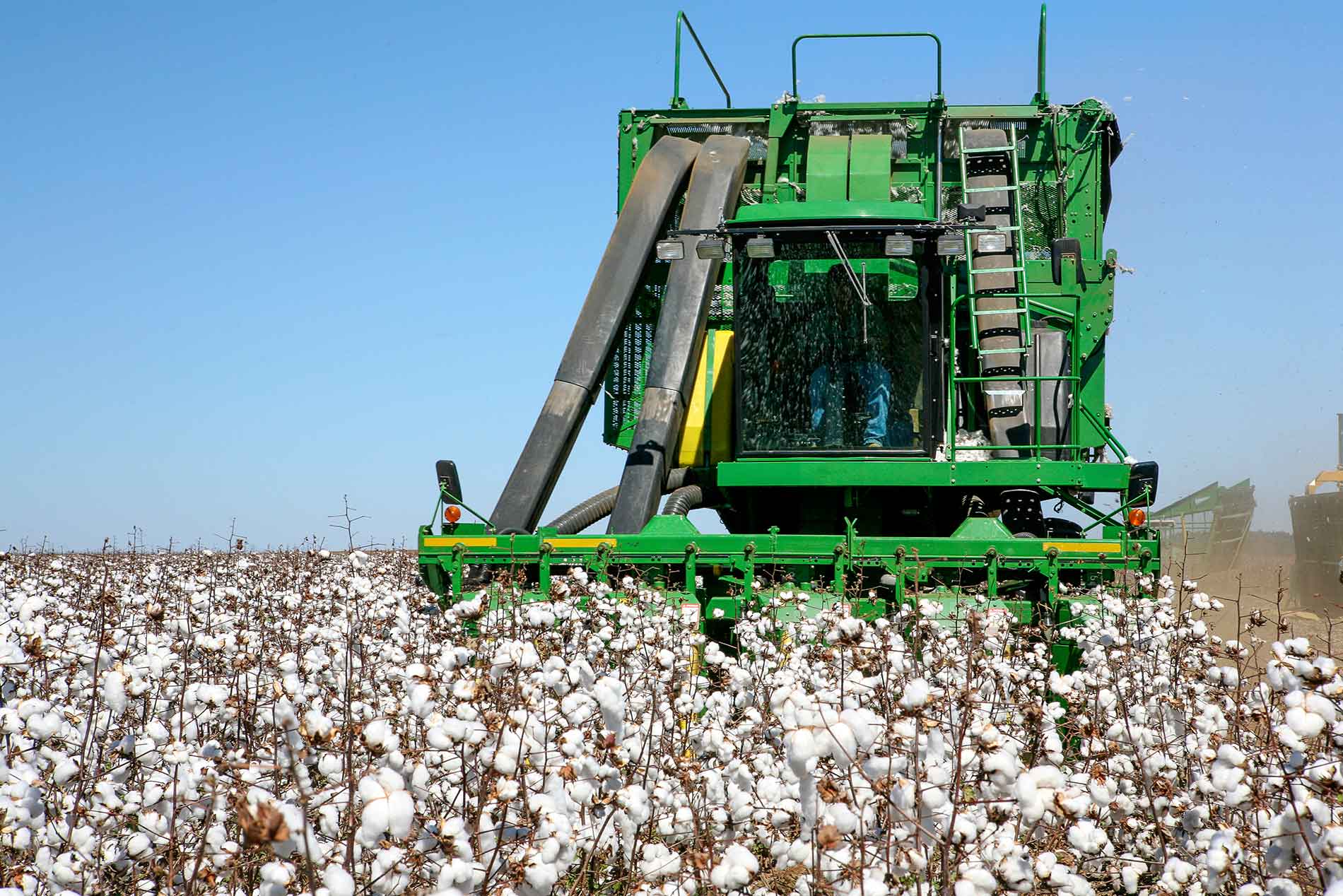Choosing the Right Cotton Harvester: Key Considerations for Farmers

Cotton harvesting is a critical stage in the cotton farming process, and the efficiency and quality of the harvest directly impact a farmer’s productivity and profitability. With advancements in agricultural technology, modern cotton harvesters have become increasingly sophisticated, offering a wide range of features and capabilities. However, choosing the right cotton harvester can be a daunting task for farmers, as several key considerations need to be taken into account. In this blog, we will explore these factors and guide farmers through the process of selecting the most suitable cotton harvester for their specific needs.
Understand Your Harvesting Requirements
Farmers must evaluate their individual harvesting requirements before embarking on the process of selecting a cotton harvester. Factors such as farm size, crop variety, labor availability, and budget play crucial roles in determining the appropriate machine. For instance, smaller farms may prefer leasing pickers, or operating an older picker with lower up front costs, while larger farms may benefit from larger new pickers capable of harvesting faster.
Harvesting Mechanism
Cotton harvesters operate using either the spindle or the stripper mechanism. Spindle harvesters employ rotating spindles to mechanically remove lint from cotton plants. These machines offer high harvesting efficiency, are suitable for long-staple cotton varieties, and yield higher grade cleaner cotton. On the other hand, stripper harvesters utilize revolving bars equipped with rubber bats and nylon brushes to strip the cotton bolls from the plants. Stripper harvesters are better suited for short-staple cotton varieties where the spindle cannot as easily grab the lint, but can yield a dirtier crop raking more of the woody structure of the plant in with the cotton.
Productivity and Efficiency
High productivity and operational efficiency are vital factors in the selection process. Harvesters equipped with advanced technologies such as onboard module builders, high-capacity cleaning systems, and automatic moisture control can significantly enhance productivity. Similarly, machines with features like GPS guidance, yield monitoring systems, and automated harvest mapping enable precision farming and data-driven decision-making, optimizing overall efficiency.
Maintenance and Durability
Investing in a cotton harvester requires careful consideration of long-term maintenance and durability. Ensuring the availability of spare parts, easy access to repairs, and ongoing technical support are crucial aspects. Machine durability depends on factors such as construction quality, material selection, a rigidly held maintenance schedule, and component reliability. Assessing these factors, including warranty coverage, can help farmers make an informed decision.
Ergonomics and Operator Comfort
The well-being and comfort of the harvester’s operator cannot be overlooked. Harvesting cotton is physically demanding work, often spanning long hours and difficult environmental conditions. Choosing a harvester with ergonomic features like air-conditioned cabins, adjustable seating, and user-friendly controls can boost operator morale, reducing fatigue and improving efficiency. Equally important is the availability of training and support to ensure operators can maximize the harvester’s potential.
Environmental Considerations
Sustainability is increasingly vital in the agricultural sector. Farmers should consider the machine’s environmental impact when selecting a cotton harvester. Innovations like reduced emissions engines, advanced filtration systems, and improved fuel efficiency minimize the machine’s carbon footprint and contribute to overall operational cost savings.
Reputation and Support
Collaborating with a reputable manufacturer or dealer is critical. Research the market to identify manufacturers with a track record of producing reliable and technologically advanced harvesters. Evaluate factors such as customer reviews, brand reputation, and after-sales support services. A trustworthy supplier will provide ongoing technical assistance, training, and prompt responses to any issues that may arise during the harvester’s lifespan.
Incorporating these key considerations into the decision-making process will equip farmers to choose the right cotton harvester that aligns with their unique requirements and maximizes their agricultural productivity. One aftermarket manufacturer and parts supplier that consistently meets these criteria is Certi-Pik, USA.
Conclusion
Choosing the right cotton harvester requires a comprehensive evaluation of various factors, including harvesting requirements, mechanisms, productivity, durability, ergonomics, environmental impact, and support services. Each decision taken during this process significantly impacts a farmer’s efficiency, operational costs, and overall success. Farmers are encouraged to thoroughly research and consider the offerings of reputable manufacturers like Certi-Pik, USA, who prioritize technological advancements, new upgrades to improve picker performance, working closely with the needs of rebuilders and farmers, and exceptional customer support.
Contact Certi-Pik, USA Today
For farmers seeking the highest quality and technologically advanced cotton harvesters, Certi-Pik, USA offers an exceptional range of new replacement parts tailored to individual needs. With years of industry experience, Certi-Pik, USA has established itself as one of the most reliable manufacturers in the market. Visit our website to explore our extensive range of cotton harvester parts and take a step towards increasing your agricultural productivity and profitability today.
